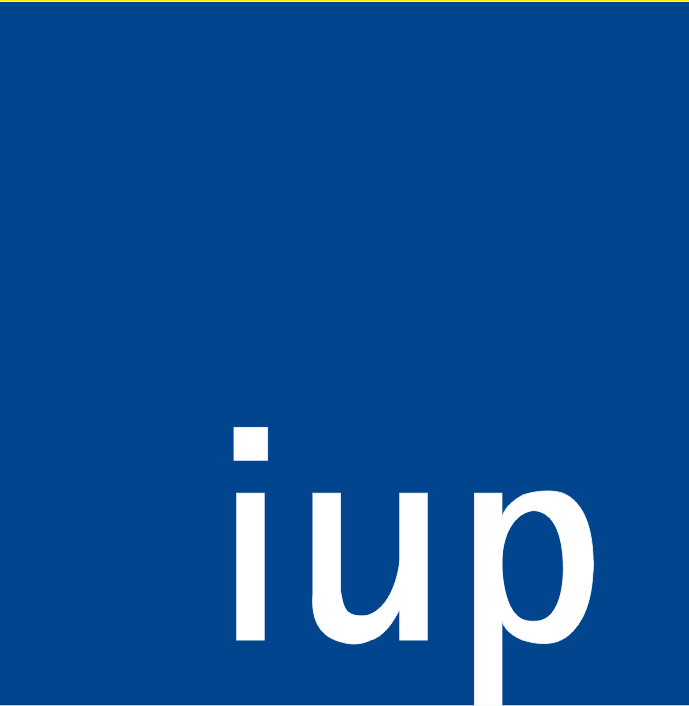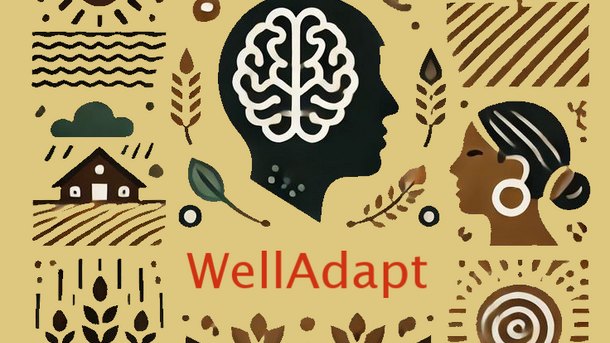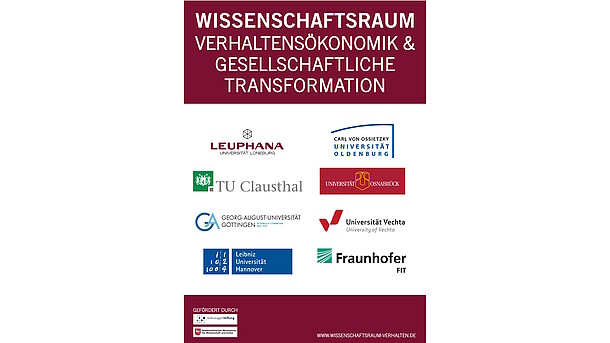From 12 to 16 November, the engineering biology construction Week 2018 took place on the island of Norderney. The teaching and research area of engineering biology at the IUP organised the five-day excursion in cooperation with the Lower Saxony State Agency for Water Management, Coastal and Nature Conservation (NLWKN). Thus, 30 students were able to deal with the topics of coastal protection and nature conservation in the Wadden Sea in a practice-oriented way.
The focus of the construction week was on getting to know and carrying out engineering-biological measures under the guidance of NLWKN staff. The group took cuttings of beach grass in the dunes and on the NLWKN's planting field. The cuttings were used for dune stabilisation in the north of Norderney on the one hand and for further propagation in the field on the other. The planting field on Norderney is used to obtain near-natural and adapted plant material for coastal protection measures on Norderney and the neighbouring islands.
Furthermore, the students learned about the construction and the protective effect of the bunds for the dikes in the south of Norderney. After an introduction to the construction method, everyone was able to participate in the mending of bush berms in the dyke foreland.
In addition to the practical work, there were also theoretical contributions. For example, the students were informed about the renaturation of a section of salt marsh on the Ostheller by Hans-Wilhelm Linders of the EcoPlan planning office in Leer. Mr Linders explained the planning background and illustrated it the next day during a walk-through of the site. In particular, the challenges that exist when planning dynamic systems, e.g. coastal areas, were discussed on the basis of the renaturation work. In addition, the students were able to get to know the rare and special biotope type "salt meadow" with its different vegetation zones.
The students gained further insights into coastal protection and the field of tension between coastal protection and nature conservation on a bicycle excursion. Martin Schulze Dieckhoff from the NLWKN showed and explained various protection measures from stone groynes to protective dunes and shed light on the conflict of preserving the naturally migratory island in its current form for human use without interfering too much with the natural dynamics.
A visit to the national park house "Watt Welten" rounded off the excursion. The interactive exhibition offered a playful exploration of coastal and nature conservation issues in the Wadden Sea.




















